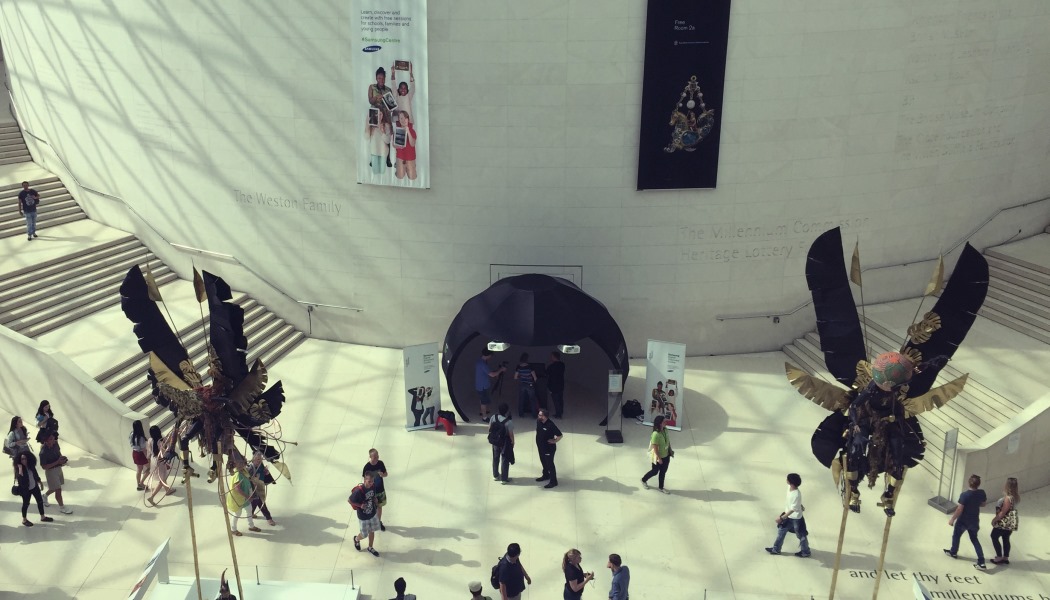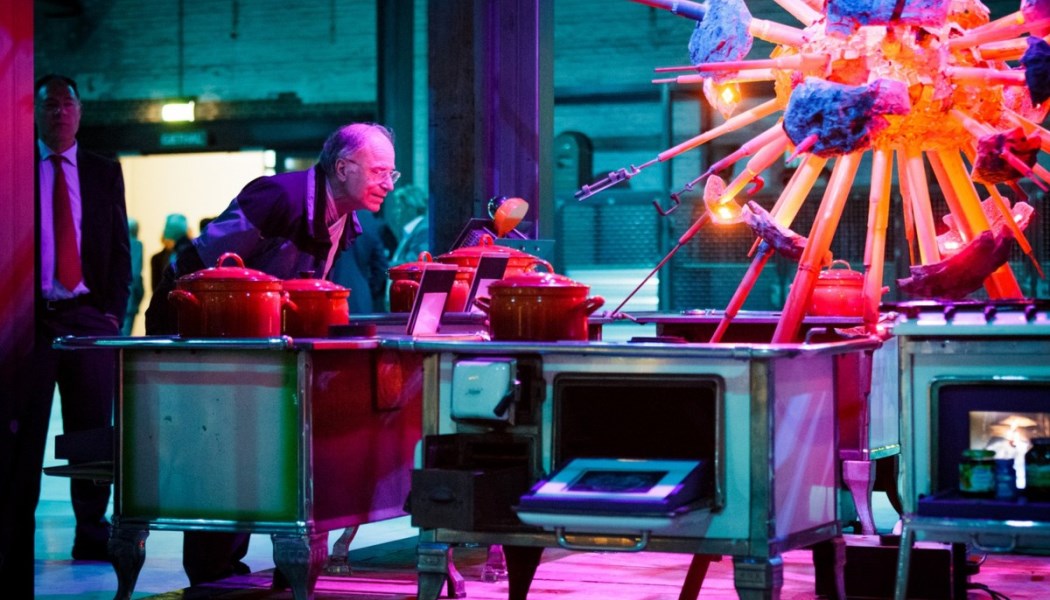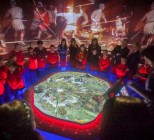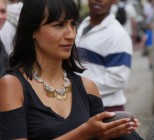Using technology in museums can start from the smallest of organisations creating a Twitter account to engage and pass on essential information to their audience to more ambitious projects such as Kendal Museum in Cumbria digitising its entire natural history collection and launching a new website so the whole world can connect with its 5,700-strong collection of minerals and pressed flowers.
However, it is to the larger museums that we look to see the even more pioneering developments and innovations that are transforming the way the sector uses technology to showcase its collections and engage with its visitors. Such as the Cooper Hewitt Smithsonian National Design Museum in New York which has designed an electronic pen, which allows visitors to “collect” information as they make their way around the museum and then access a dedicated website post visit to see what they have collected, and thus continue the museum journey.
Here M+H Advisor provides six case studies (below) from both suppliers and museums that are using technology to improve the way the sector tells its stories and presents its collections.
With the advent of smartphones, tablets and apps, museums are well aware that they are now competing with a plethora of mobile games such as Candy Crush and thousands of news outlets that provide instant information at the tap of a finger. This has also presented its own opportunities for museums and cultural organisations wanting to make their collections more accessible, promote education and enhance the visitor experience in a cost effective way.
Therefore constantly rethinking how museums use technology has become a factor in how agile an organisation is and how appealing its exhibitions are. Experts are quick to point, however, that technology is not a magic wand that can alter the state of a museum’s outlook, its ideas and objects, but that it is something that needs to be carefully considered and not used for the sake of it.
“Depending on how technology is used it could bring an added layer of storytelling,” says Mar Dixon, a social media and audience development consultant. “However, just [last month] I went to a wonderful museum (Naturhistorisches Museum Wien) where there was no technology but I had a lovely experience. So, it is important to look at your public and see what they are using/wanting and if your collection is right for it.”
Having said that, as a new generation of museum goers emerges from a childhood not knowing anything but the smartphone world, it is becoming more apparent that they will expect new ideas in museum interpretation to include the use of interactive technology.
“As a society, we are using technology on a daily basis,” says Dixon. “It’s part of our behaviour now. If we don’t try to include that behaviour in museums, we’re going to get pushed aside as people visit other attractions that are giving them that seamless experience.”
Dixon says that sometimes using technology for the benefit of visitors can be as simple as having WiFi and allowing photography. This can then become more advanced, for example the British Museum, which recently launched new audio guides to enhance the visitor experience and Historic Royal Palaces, featured as a case study, which is working on a new visitor attraction called The Lost Palace, which includes a beating heart that beats faster as the visitor follows Charles I’s path to the gallows.
“I keep going on about wearable technologies and I still stand by that being the next big thing that will shift the way we behave again,” she says. “We’re already wearing fitbits and smartwatches but museums aren’t really looking into how that maybe able to fit into our experience. Beacons, augmented reality and virtual reality seem to be the main focus which is great but it’s not the technology that everyone will feel comfortable with. Again, it’s finding that balance of what will work for your collection/stories.”
In the US the Museums Computer Network (MCN) holds an annual conference where museum professionals descend on selected city and exchange ideas on technology in museums. Established in 1967, MCN’s executive director Eric Longo says its very mission is to support museum professionals so they can empower their institutions to embrace the digital world.
Even so one of the key outcomes of its latest conference held in Minneapolis last month was: People first, technology second. The conference also focused on how technology can work for the betterment of society and, among many other topics; the delegates looked at social justice and how museums can use digital tools to improve the lives of the people they aim to serve, accessibility.
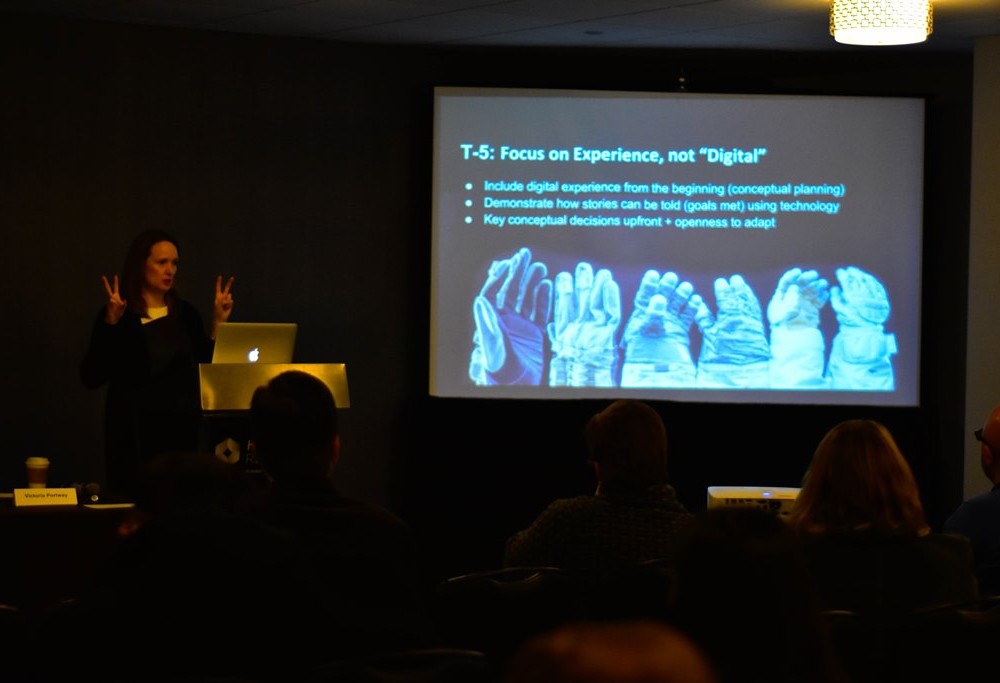
“Digital technologies have radically transformed how we connect with each other, how we relate to the world, and how we conduct business,” says Longo. “We constantly use digital tools to perform daily tasks at home and at work. Not only do museums and cultural heritage sites not have a choice in whether or not to embrace this ‘new normal’, they owe it to the communities they serve to meet and engage them in a digital context.”
Longo believes the challenges vary greatly based on the size of any particular organisation, with large institutions having made some incredible strides in digitally transforming themselves over the past 15 years such as the Metropolitan Museum of Art, which now employs 70 staff in its digital department.
Smaller institutions, he says, often face a very different reality: limited in their capacity to invest in technology infrastructure and projects, they also have a much harder time to attract digital talent to lead digital transformation for them.
“But some challenges are universal: digital projects require iterative and nimble workflows and processes that challenge traditional hierarchies, forcing staff to collaborate across departments, and digital forces museums to have a certain appetite for risk,” he says. “Museums must also be vigilant not to fall for the latest digital innovation but to really focus on how they can leverage the right technology tools that best support their mission.”
Longo says social media technologies have made museums much more transparent and actively engaged with audiences globally. “Mobile has also shifted the balance of power between museums and their visitors who can now satisfy their curiosity on their own terms at the tip of their fingers,” he says.
The challenge for museums, he says, is to meet their visitors where they are. Longo believes that mobile technology has forced museums to become more accessible by optimising their website, developing interpretive apps, digitising their collections and making them available to the public, allowing visitors to take photographs and sharing them online.
“Initial reticence around some of these trends has gradually given way to embracing them,” he says.
Past In Focus Features
Income generation: developing cultural enterprises in museums and heritage attractions
Museums across the country are continuing to be resourceful and by becoming more business-like in their approach to income generation they are creating robust cultural enterprises
Accessibility in museums: creating a barrier-free cultural landscape
Accessibility to museums and their collections is a pursuit that is taken seriously by the majority of institutions. But are they getting it right and what new initiatives are being set up to improve things?
Temporary and Touring Exhibitions: Reaching out to new audiences
M+H Advisor talks to the Touring Exhibitions Group and presents five case studies from museums that have created, or are currently planning, temporary and touring exhibitions
Packing and transporting museum collections – how to get it right
Packing and transporting museum collections is fundamental to museum discovery and requires an intricate process of planning and trust, which requires experts both within and outside of museums
In Focus: collections management – connecting objects and people
Collections are the powerhouse of museums but they are nothing without good management and the engagement of the audience
The balancing act of designing permanent exhibitions
The process of developing an exhibition from concept to realisation requires an enormous amount of planning and research and the aim is to give the best visitor experience possible by using the right amount of technology and design to tell the story
Valuing, insuring and securing collections
From government and museum-led initiatives to specialist companies there is a wealth of expertise catered to the sector that ensures buildings and collections are secure and accessible
3D Printing – re-making the museum
The use of 3D printers by museums has become more common recently with improvements in technology, lower prices and innovative ways to use them both curatorially and entrepreneurially
The Environmental Control of Collections
The environmental control of collections is essential for the upkeep of objects especially where light, humidity and temperature are concerned and is now a fine science with national standards




